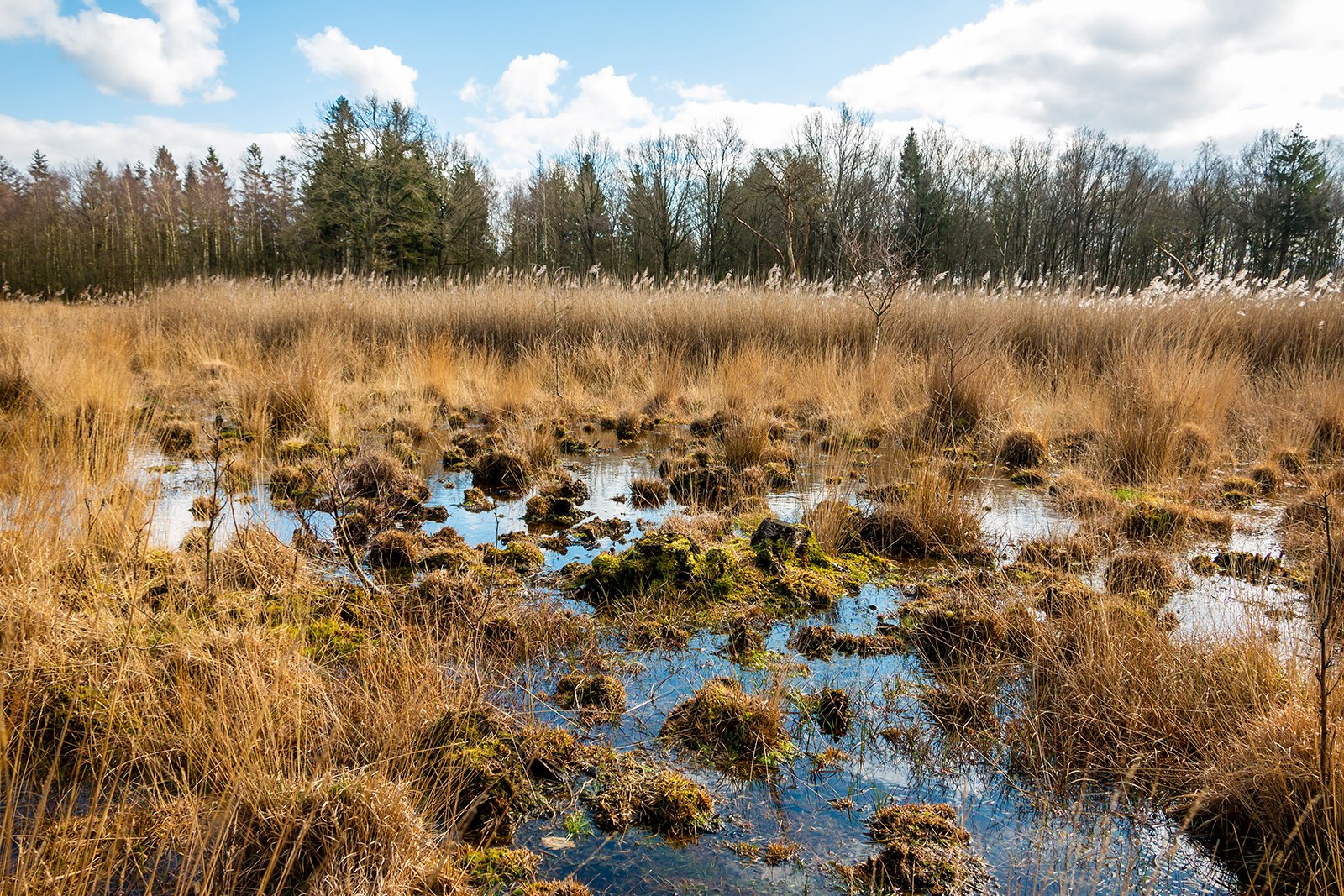Biodiversity of peat landscapes
One of the most threatened habitats in the northern hemisphere (including the Netherlands) are peatlands. Since these are crucial ecosystems, it is important to prevent further deterioration. Master's student Milou Willems is researching the best way to restore them.

Peat landscapes help to regulate the climate, maintain water quality, supply and purify water and protect ecosystem diversity. Moreover, they act as buffers for floods and droughts. These areas are therefore extremely important.
The conditions in these areas are extreme: the water and soil are very acid (low pH), mineral-rich and nutrient-poor. Some species are adapted to survive in these extreme conditions, such as Hooked Scorpion-moss and various types of Cyperaceae.
Endangered landscape
Many of these areas are in poor condition or have disappeared completely due to climate change and human activities. As a result, these rare species are now under threat. As peatlands are crucial ecosystems, it is important to prevent further deterioration through restoration, for example by re-wetting these areas. However, peatlands are complex ecosystems, which means that not all restoration projects are successful. Many things must be taken into account when rewetting peat landscapes. For example, it is not only important to understand the soil composition, but also how the soil composition interacts with (soil) water.

The best way to restore
However, there are many uncertainties in the restoration of the different habitat types of peat landscapes. To reduce these uncertainties, it is important to understand these landscapes better. Therefore, Milou Willems, Master's student Sustainable Development, is doing research on the concentrations of nutrients present in peat soils and how this concentration influences the success rate of rewetting. For this purpose she went to six different peat landscapes in the east of the Netherlands and collected several soil samples.
Soil samples in the Gardens
These soil samples are now in the Botanic Gardens Utrecht University, where one half is humidified by means of a higher water level and the other half is kept equally wet. These soil samples are under a self-made construction to keep out sunlight and rain, to prevent any influence on the final results. Every fortnight, Milou takes new water samples from the soils, which she then analyses in the lab for the nutrients present, among other things. In this way, an image is obtained of the nutrients present in the wet and dry samples. In this way she hopes to gain insight into the effect of humidification on the nutrient availability for plants in these areas. This can then be used to advise various (government) agencies on the best method of restoring these landscapes. Maintaining and/or expanding these ecosystems will have lasting benefits for both the earth and mankind.

